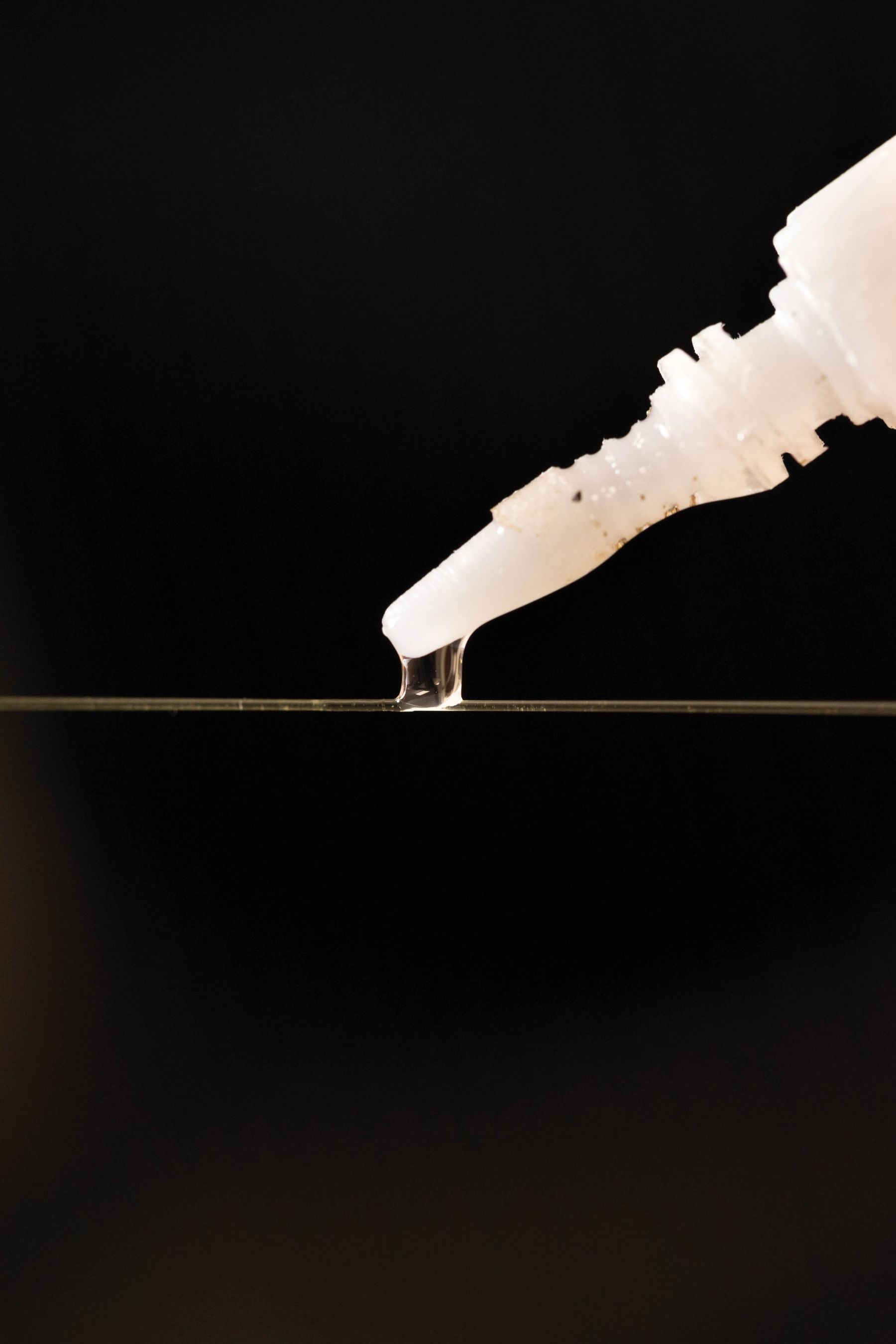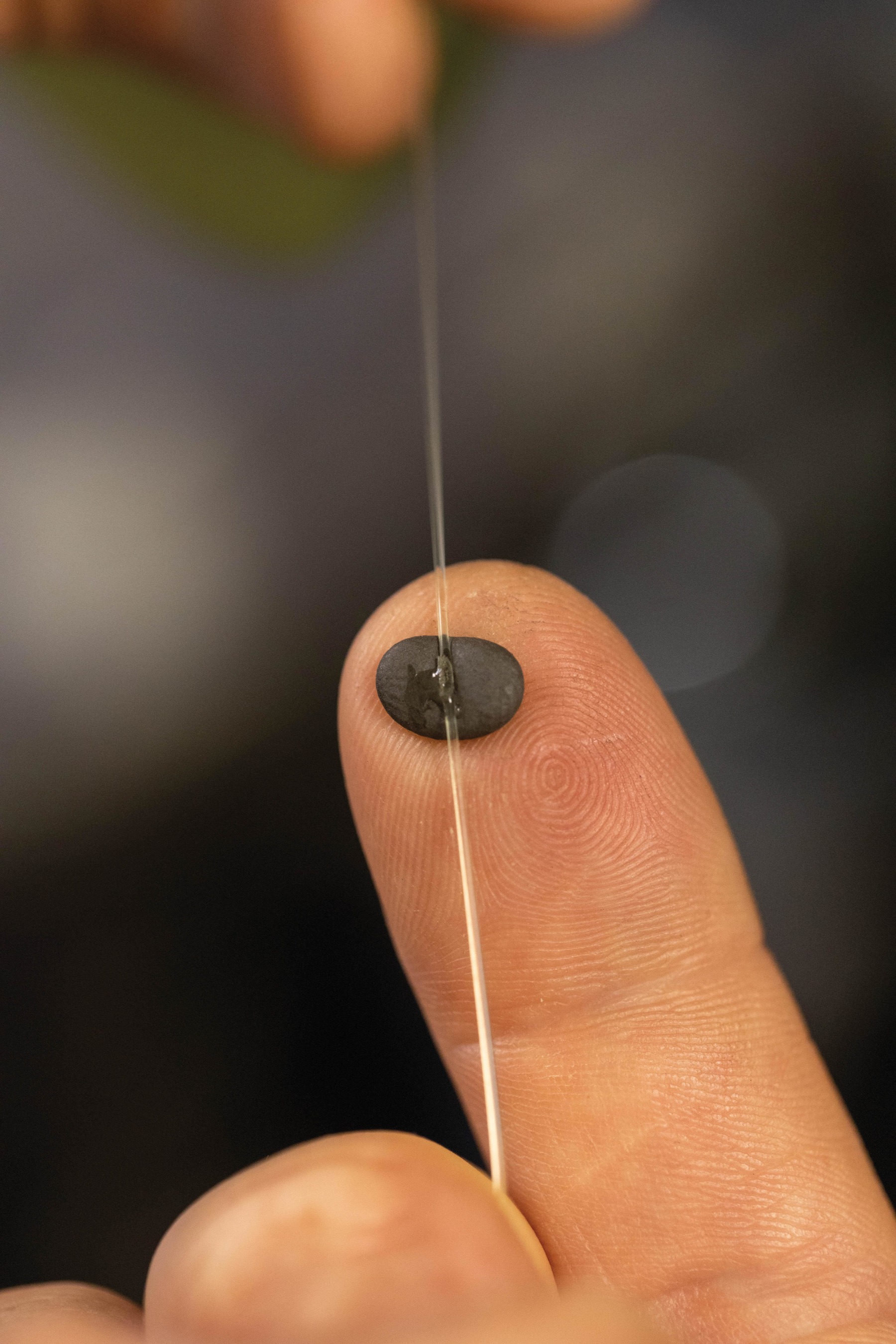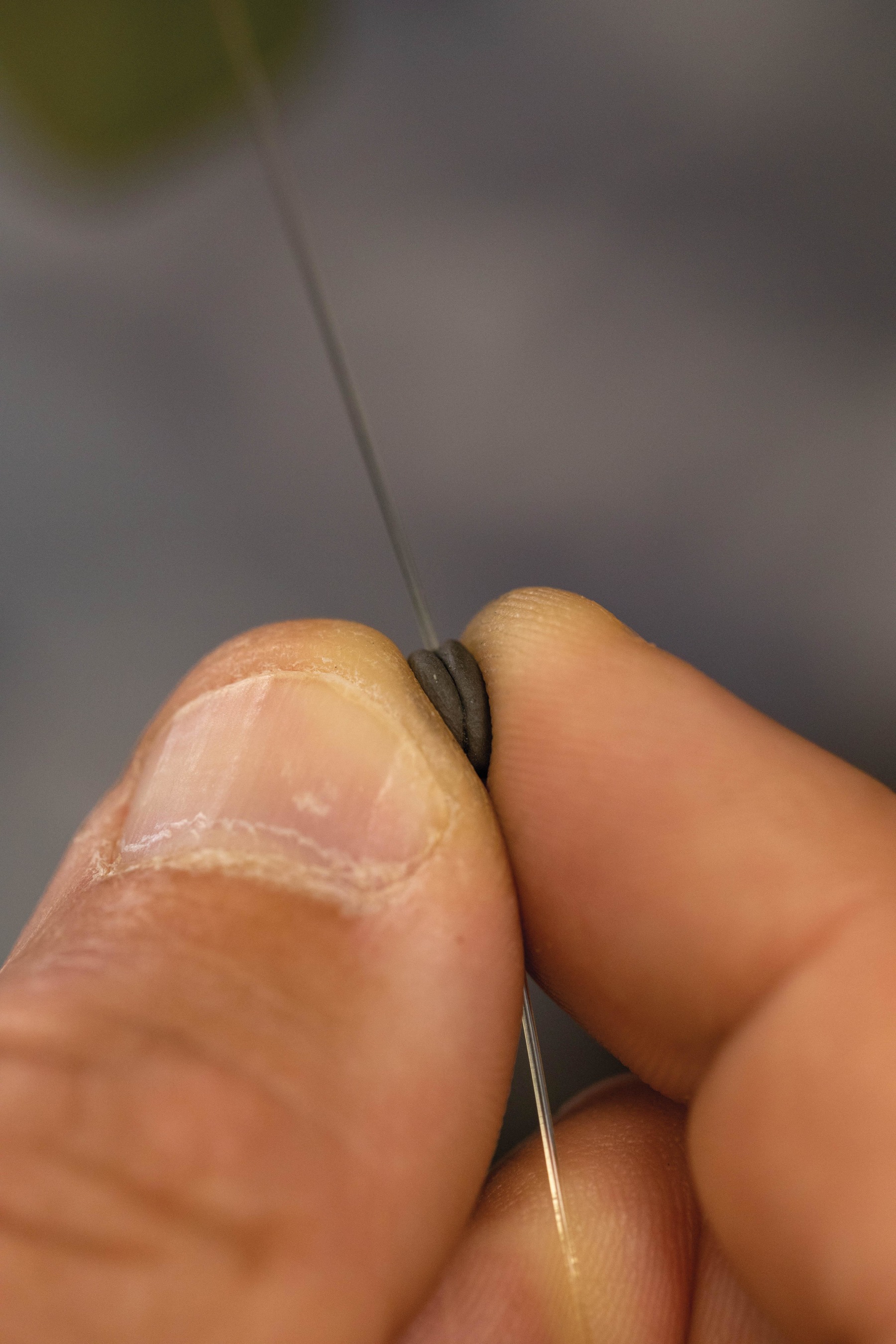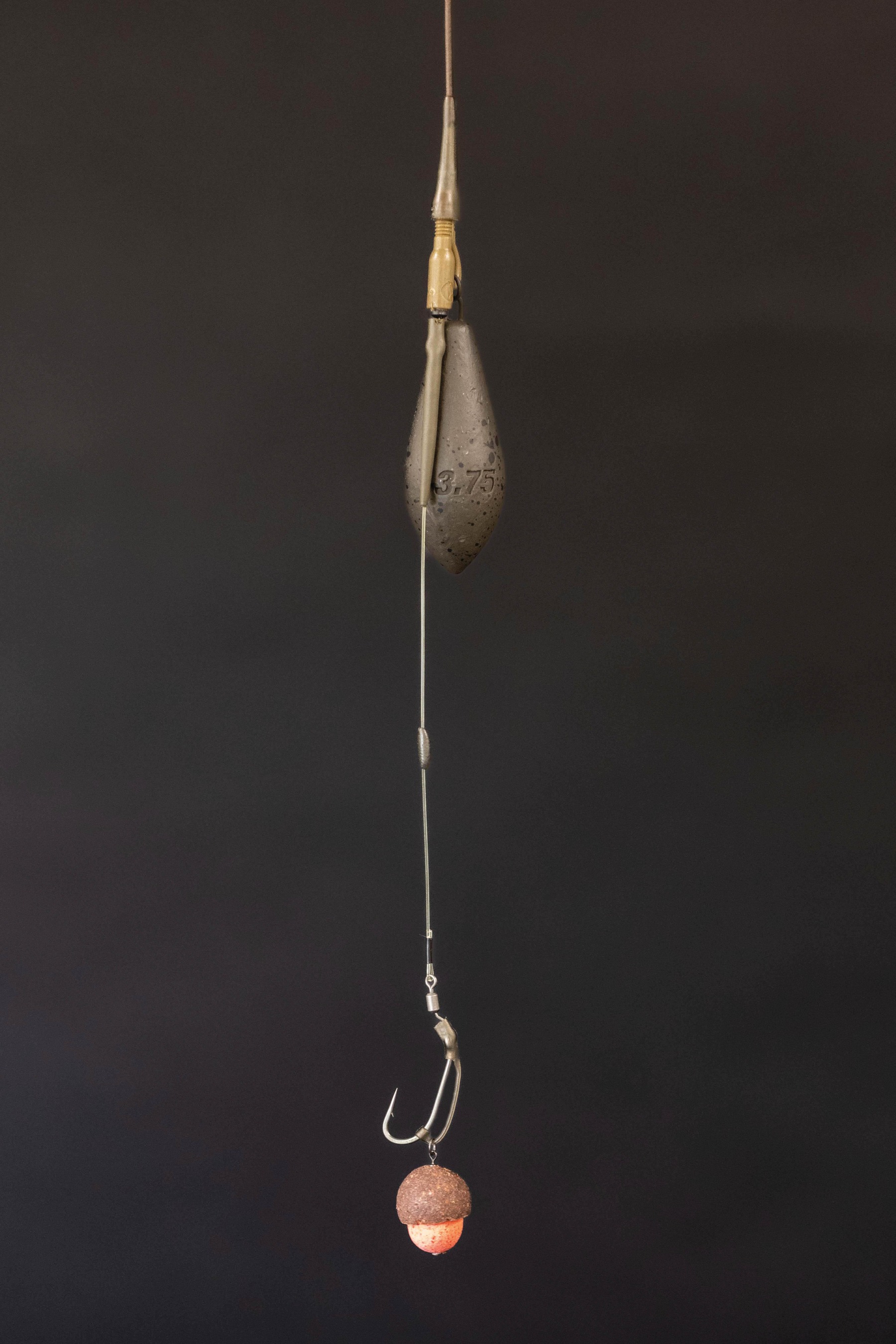D-Rig Kickers On Spinners?!
Rig guru Danny Fairbrass explains why he’s a massive fan of fishing a D-Rig on a Spinner...
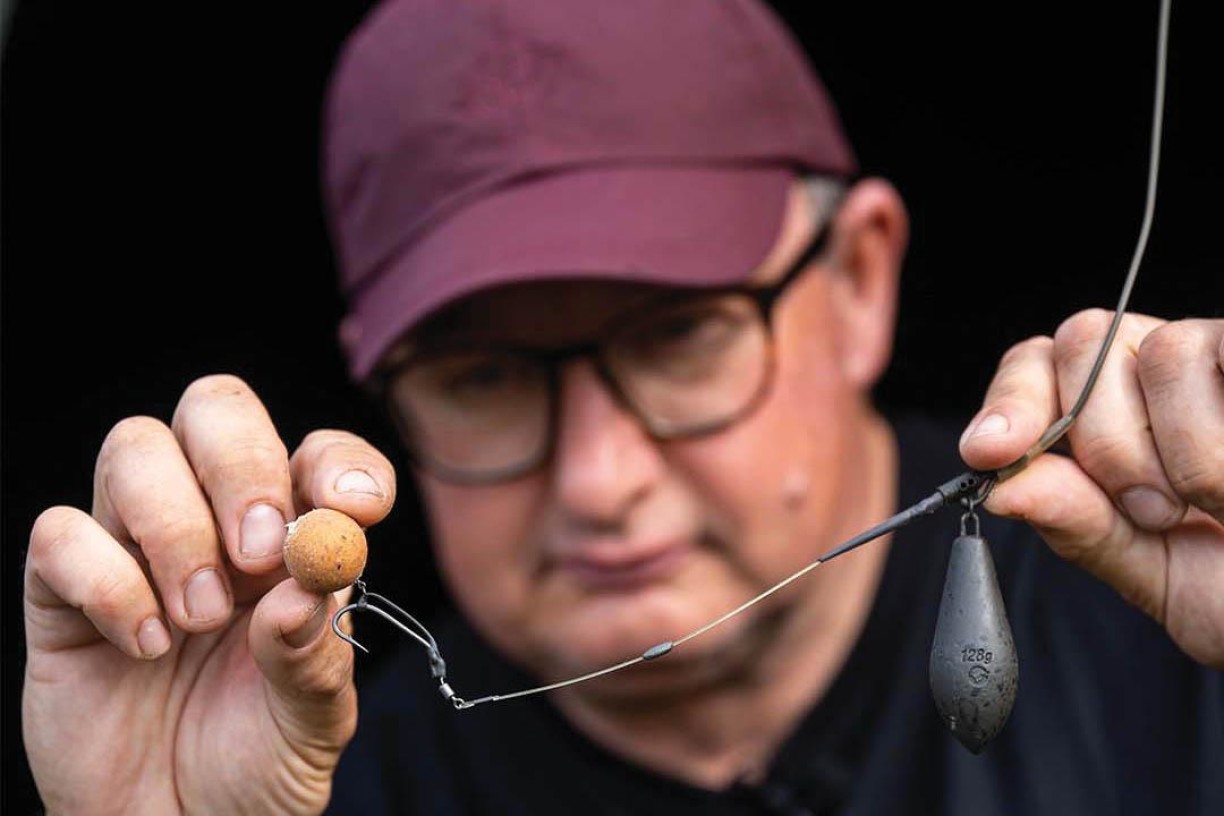
The D-Rig has always been hailed as an anti-ejection master. The fish blows out the bait, the ‘D’ allows it to travel back down the hook leaving the hook in place and so the fish is hooked. This is absolute rubbish! After hundreds and hundreds of hours watching carp deal with rigs on the underwater filming over many lakes and countries, I have NEVER seen a fish eject a bait and hook itself. I have used D-Rigs countless times and when the fish blows it out, the whole lot leaves the mouth just like any other rig!
But, and this is a big BUT, keeping the hook and the bait separate using a ‘D’ promotes super fast turning of the hook and definitely turns more pick-ups into hooked fish, and this is why we should all be using D-Rigs—on both bottom baits and pop-ups.
The D-Rig Kicker was designed by me to make it easier to use the rig without having to tie a Whipping Knot or burn the tag end of the D to hold it inside the eye. It can also be used again and again, fish after fish.
I convert the Kicker once the micro ring swivel is pushed on by cutting off the end taper so I can pull it over the join between the Spinner Swivel and the hook, just as you would with a normal kicker or piece of shrink tubing. The result is a super fast turning, easy-to-create D-Rig that can be repeatedly used. After a fish, I simply crimp the barb flat, slide off the D-Rig, sometimes with the bait intact, and slide it onto the next hook—it couldn’t be simpler.
The hardest part is getting it over the Spinner crook at the start. I will be tight, so I wet with saliva and use my T-shirt to pull the kicker over the crook. Once stretched, the rubber will easily pass over this area next time.
Have the Kicker as long as the shank, especially with bottom baits, to transfer the weight of the bait onto the point of the hook, making it turn even faster.
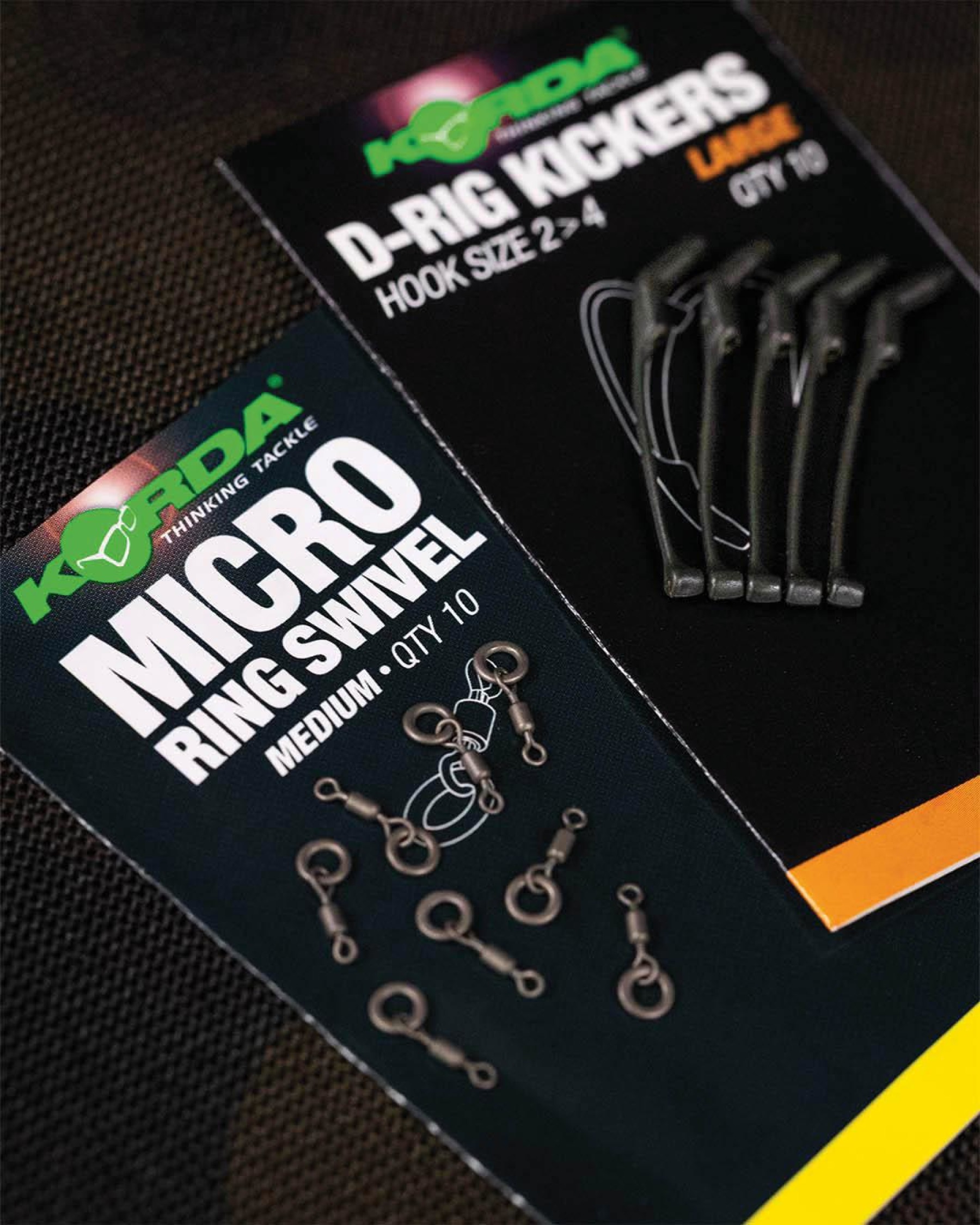
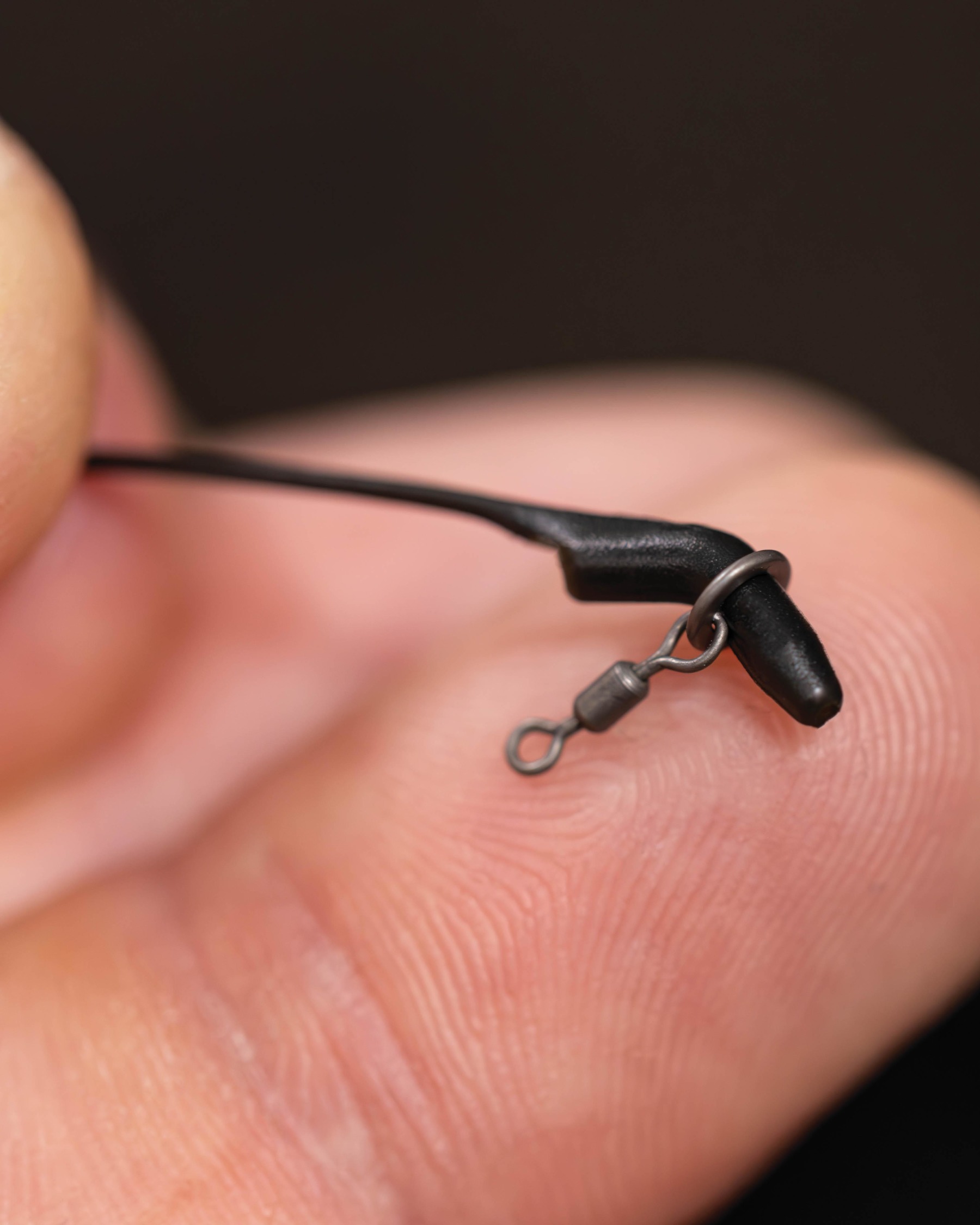
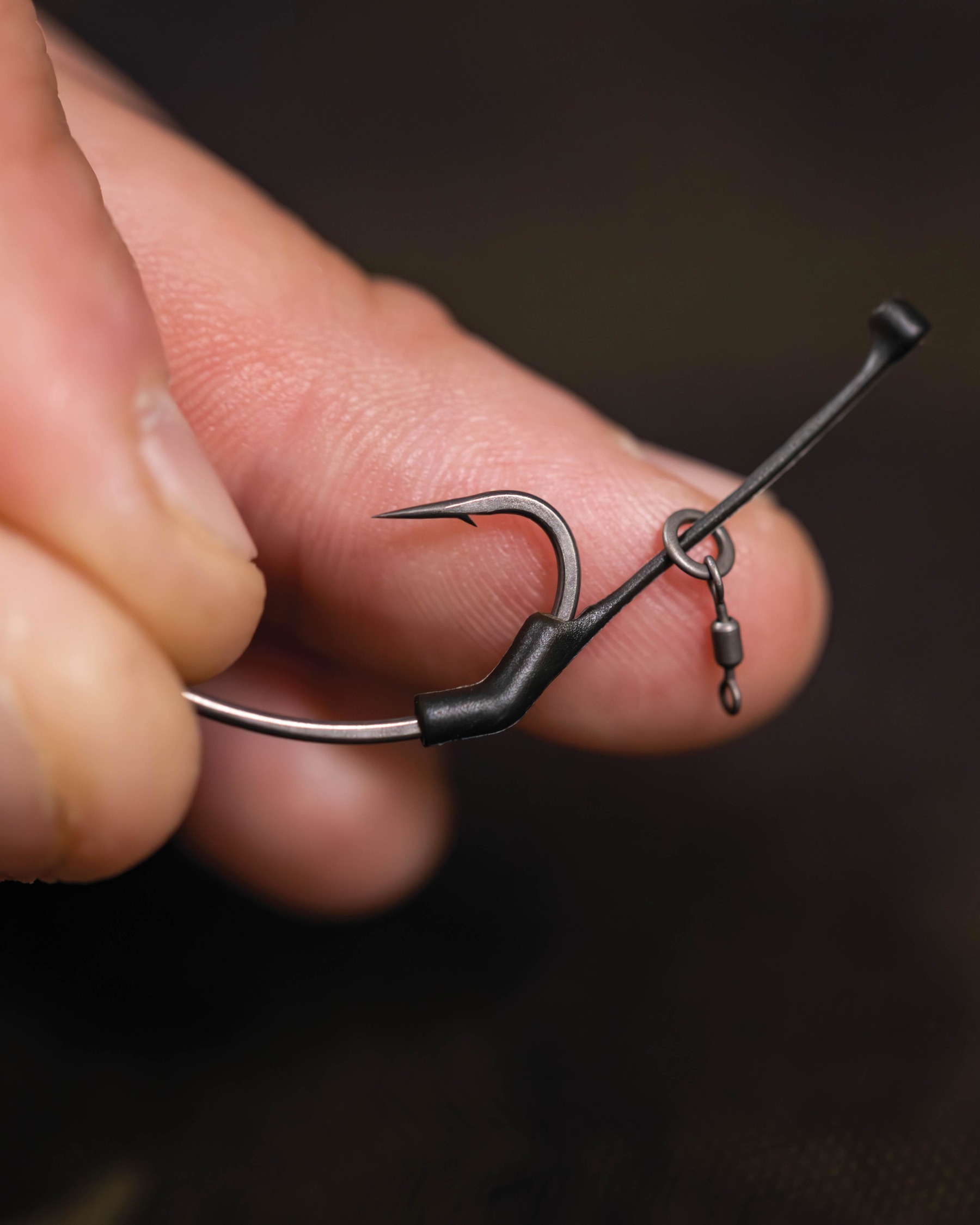
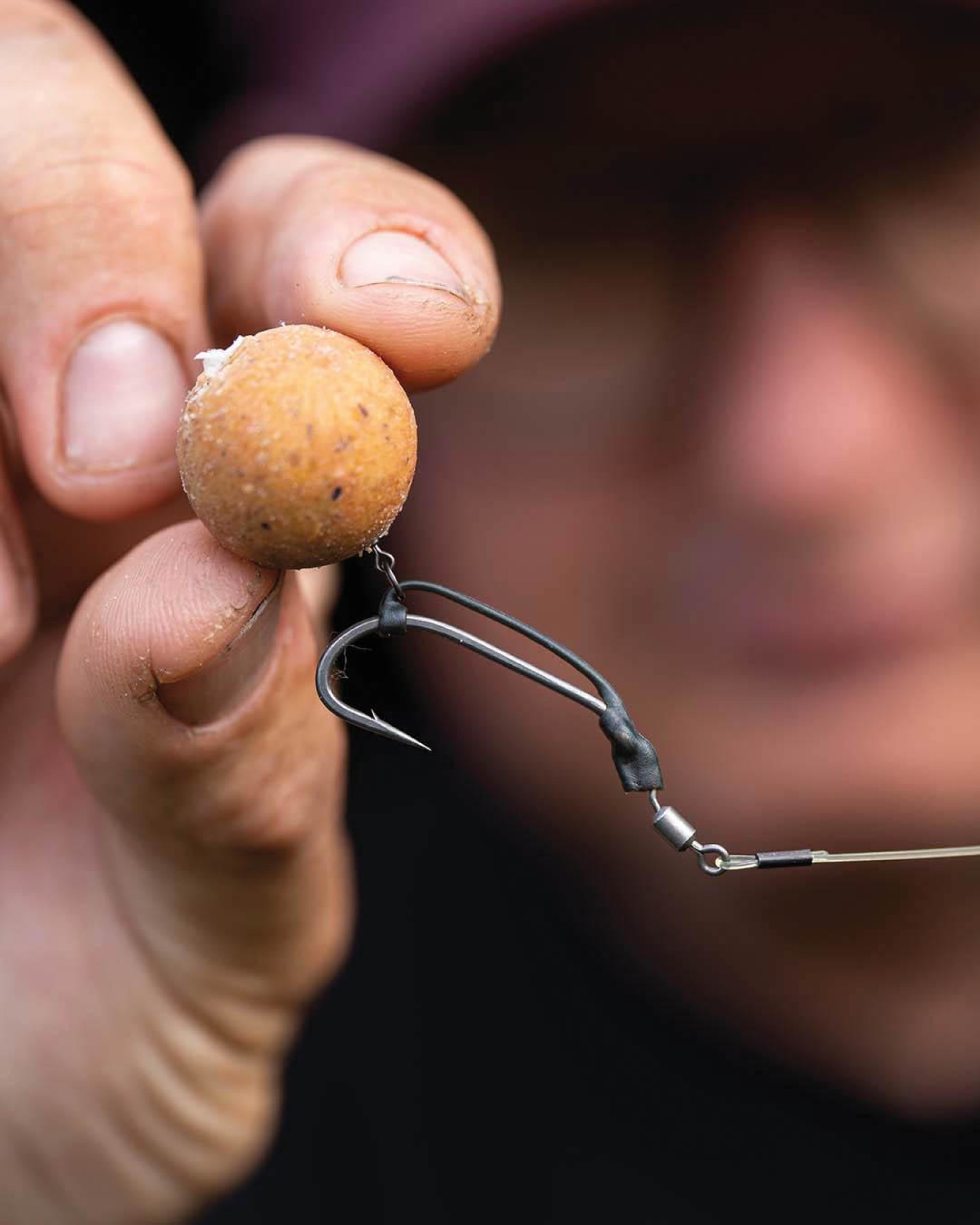
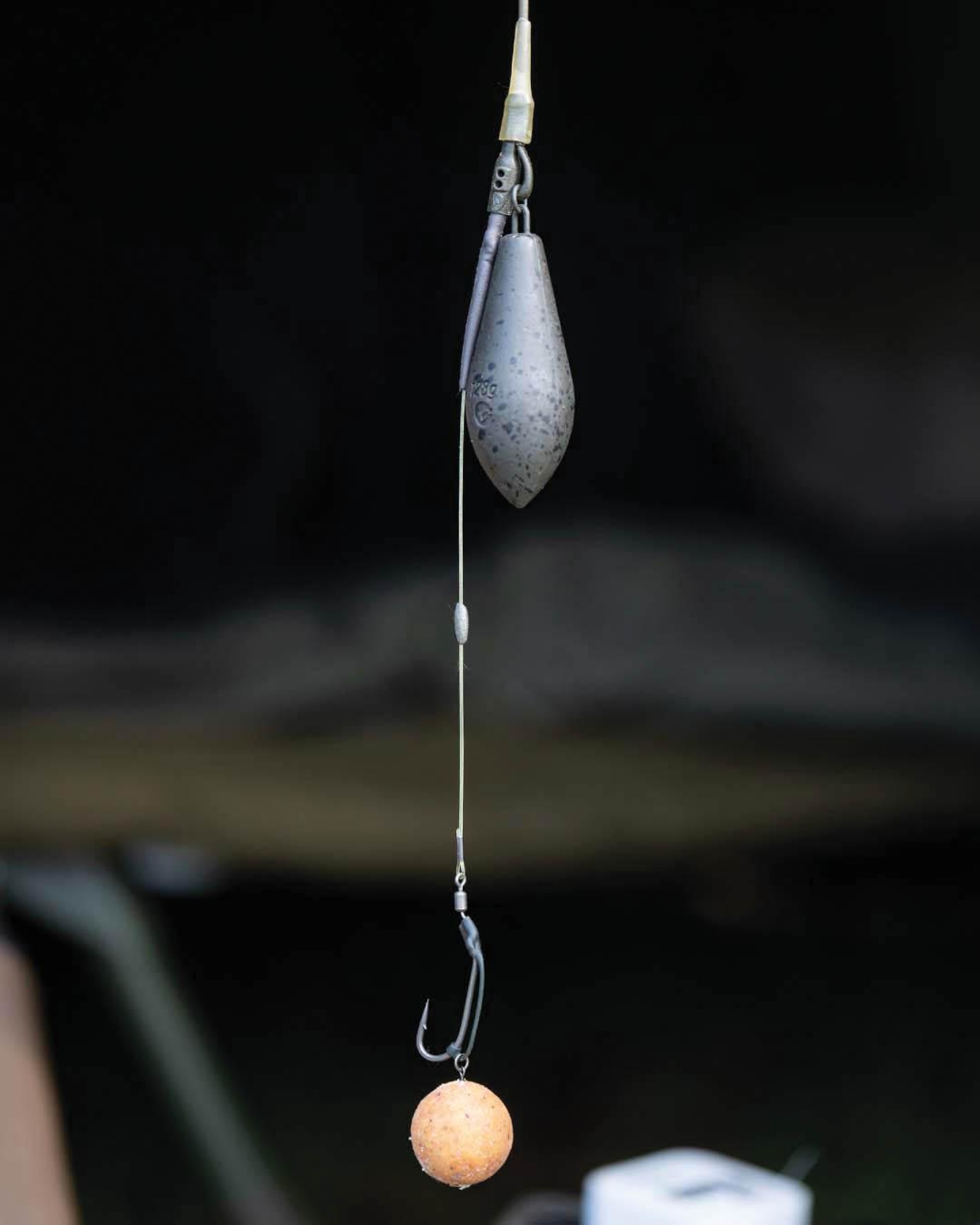
Loads Of Putty!
Korda’s head honcho, Danny Fairbrass, continues with his words of rig wisdom, this time focusing on why he’s fallen back in love with putty…
I haven’t used putty on my hooklinks for some years now as I found that if the rig was going to tangle, it was the putty that it was always tangled around and seeing as I’m an old man now, I really can’t follow the rig in the air like I used to to make sure it wasn’t tangled. However, having the whole rig lay perfectly flat made a huge difference to how willing the fish were to take the hooklink, and so I have to concede I could have been doing it better and so getting more bites for all those years.
Any looping up of the hooklink spooked the fish, both as they looked around the spot, which they do all the time in clear water. Anyone who says camouflage doesn’t matter is simple WRONG, as we have repeatedly seen the carp scoping out the spot and ID’ing the rig. And, if they touch the hooklink or leader as they approach the hookbait, they will always spook off.
Tom Stoke championed the use of putty, and when combined with an anti-tangle sleeve, the rig never tangled (remember, we can see it land every time on the Underwater films) so the paranoia re-tangled was gone. His rigs sat so well on the lakebed we all need to follow his lead.
I add a tiny bit of superglue to the hooklink before folding on the putty or pull on a Sinker and mould around that—the putty stays on far better. I keep the putty in the middle of the hooklink or slightly closer to the lead, if it’s too close to the hook that part sinks faster and can still loop up the back end of the hooklink. Think about lighting the hooklink forwards of the lead, not weighing the back end of the hook.
